NASA is stepping up drone safety by testing an advanced software designed to predict airborne hazards before they occur, potentially revolutionizing drone operations across industries. The In-Time Aviation Safety Management System (IASMS) aims to proactively monitor and mitigate risks, enhancing safety for both commercial and recreational drone flights.
Predictive Safety for Drones
At the core of NASA‘s IASMS is real-time risk assessment. Unlike traditional safety systems that react after issues emerge, IASMS anticipates potential threats—such as navigation or communication losses—and alerts drone operators proactively.
Michael Vincent, acting deputy project manager at NASA’s Langley Research Center, describes it succinctly: “If everything goes as planned, you won’t notice the IASMS. It intervenes precisely before encountering an unusual situation.”
Real-World Simulations
On March 5, NASA’s Ames Research Center conducted extensive simulations focused on hurricane relief missions. Twelve drone pilots managed multiple drones in complex scenarios, such as supply drops beyond visual line-of-sight, Search and Rescue, and levee inspections. NASA collected comprehensive data on pilot performance, system usability, and mission success, crucial for refining IASMS ahead of planned hurricane relief flight tests set for 2027.

Diverse Field Testing
NASA’s ambitious testing schedule also includes collaborations with universities and state agencies. In summer 2024, the Ohio Department of Transportation conducted tests in Columbus, providing NASA Langley researchers critical feedback from actual drone flights equipped with IASMS. Similarly, university-led tests took place nationwide:
- George Washington University: Conducted tests at the U.S. Army’s Fort Devens in Massachusetts.
- University of Notre Dame: Conducted drone operations near South Bend, Indiana, simulating urban package delivery scenarios.
- Virginia Commonwealth University: Completed missions in Richmond, Virginia, exploring emergency response scenarios.
Each scenario required specialized versions of IASMS to navigate unique challenges like urban environments or Wildfire conditions, demonstrating the system’s adaptability.
Integration with Broader Airspace Management
NASA envisions IASMS working seamlessly with its Unmanned Aircraft System Traffic Management (UTM). This integration could eventually facilitate routine drone flights in urban and suburban airspace, bolstering public confidence in drone reliability and safety. Vincent highlights this collective responsibility, noting, “Multiple entities contribute to drone safety—from operators and manufacturers to regulators. Real-time risk assessment significantly improves operational security.”

Regulatory and Market Implications
The adoption of IASMS could dramatically accelerate drone integration into daily life. Enhanced safety protocols may ease regulatory approvals from bodies like the Federal Aviation Administration (FAA), fostering market expansion and innovation. However, the widespread implementation hinges on proving IASMS’s reliability and cost-effectiveness in various scenarios, including high-density urban environments.
Infrastructure and Industry Readiness
Implementing IASMS at scale requires robust communication infrastructure to support real-time data exchange between drones and ground control. Addressing these infrastructure needs will be critical, particularly in rural areas or regions affected by natural disasters where connectivity may be compromised.
DroneXL’s Take
NASA’s proactive approach to drone safety represents a significant leap forward. By anticipating hazards rather than merely reacting, IASMS can dramatically increase drone operational safety and public acceptance. As drone applications expand, innovations like IASMS will be key in shaping the future of advanced air mobility, paving the way for drones to become an even more integral part of everyday life.
Photos courtesy of NASA / MIT Lincoln Laboratory / Jay Couturier / Russell Gilabert / Dave Bowman
Discover more from DroneXL.co
Subscribe to get the latest posts sent to your email.


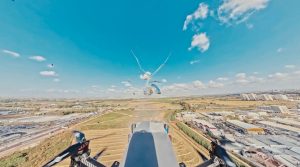


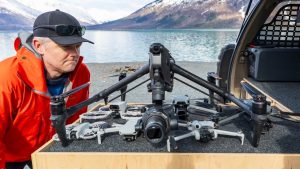



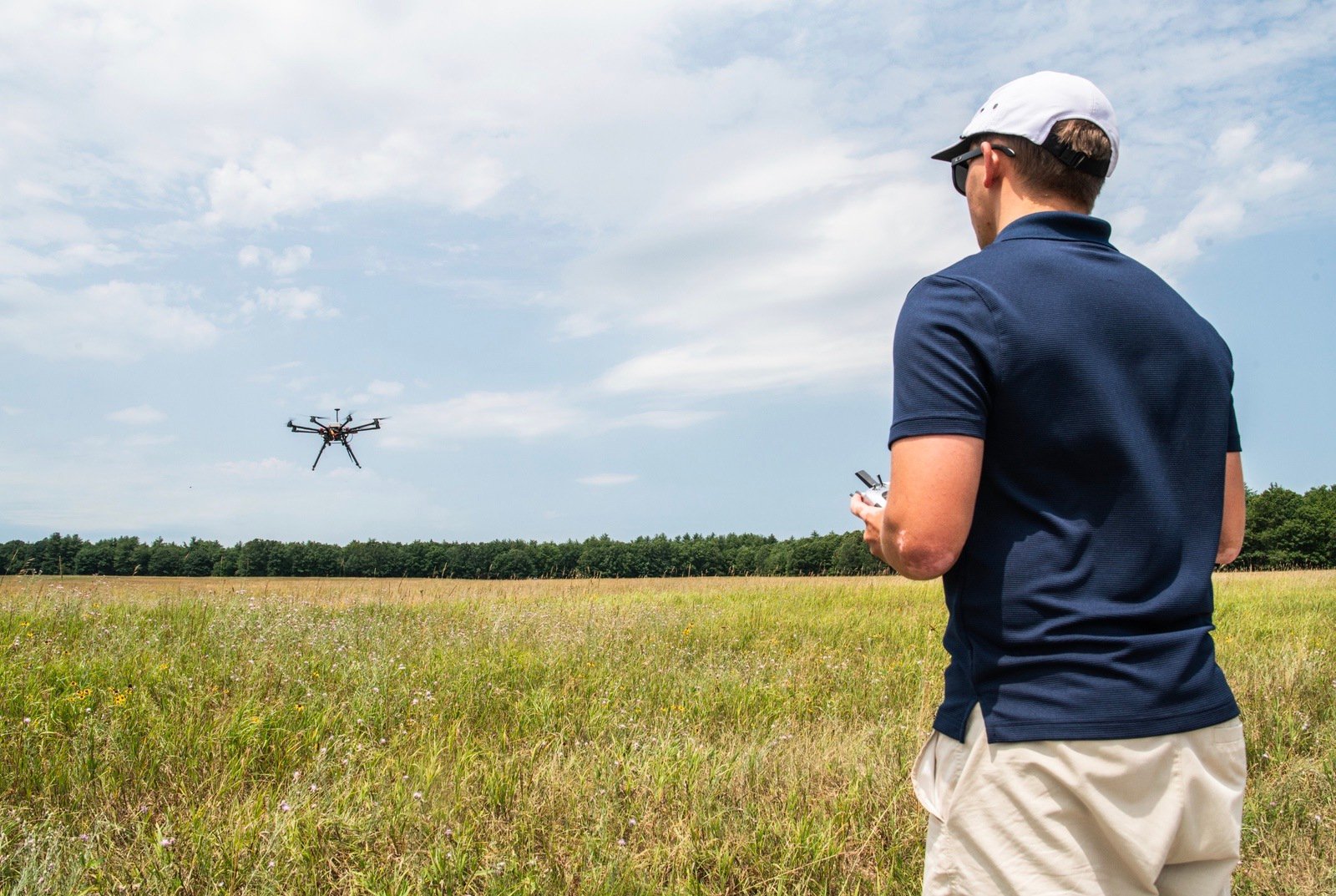
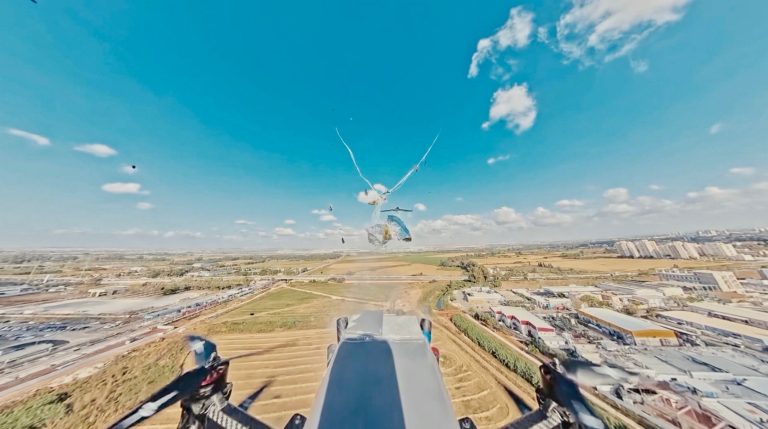
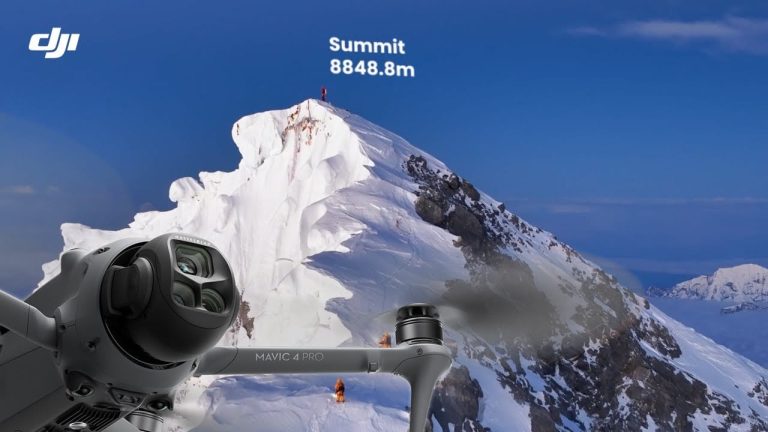
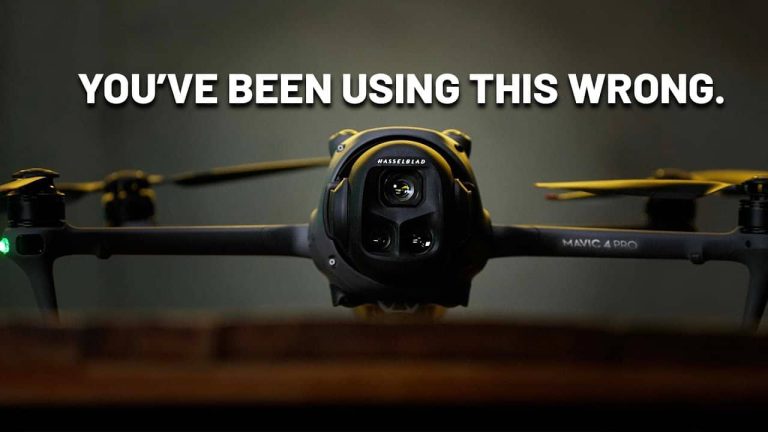





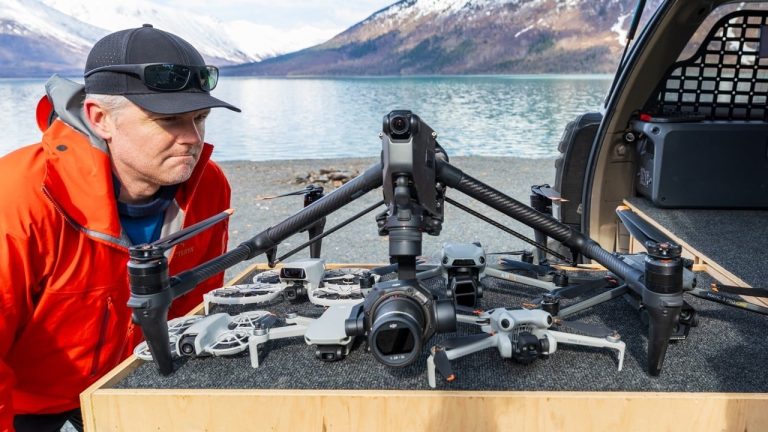

+ There are no comments
Add yours